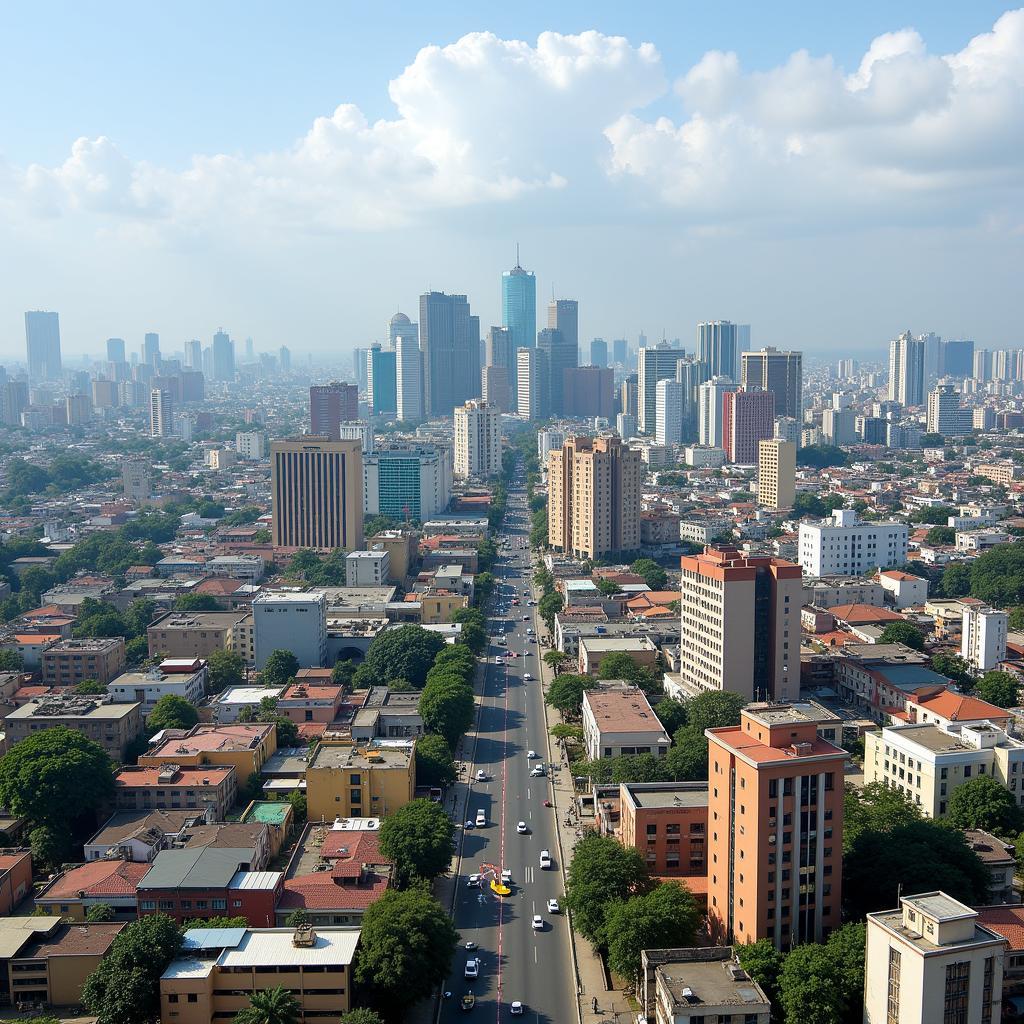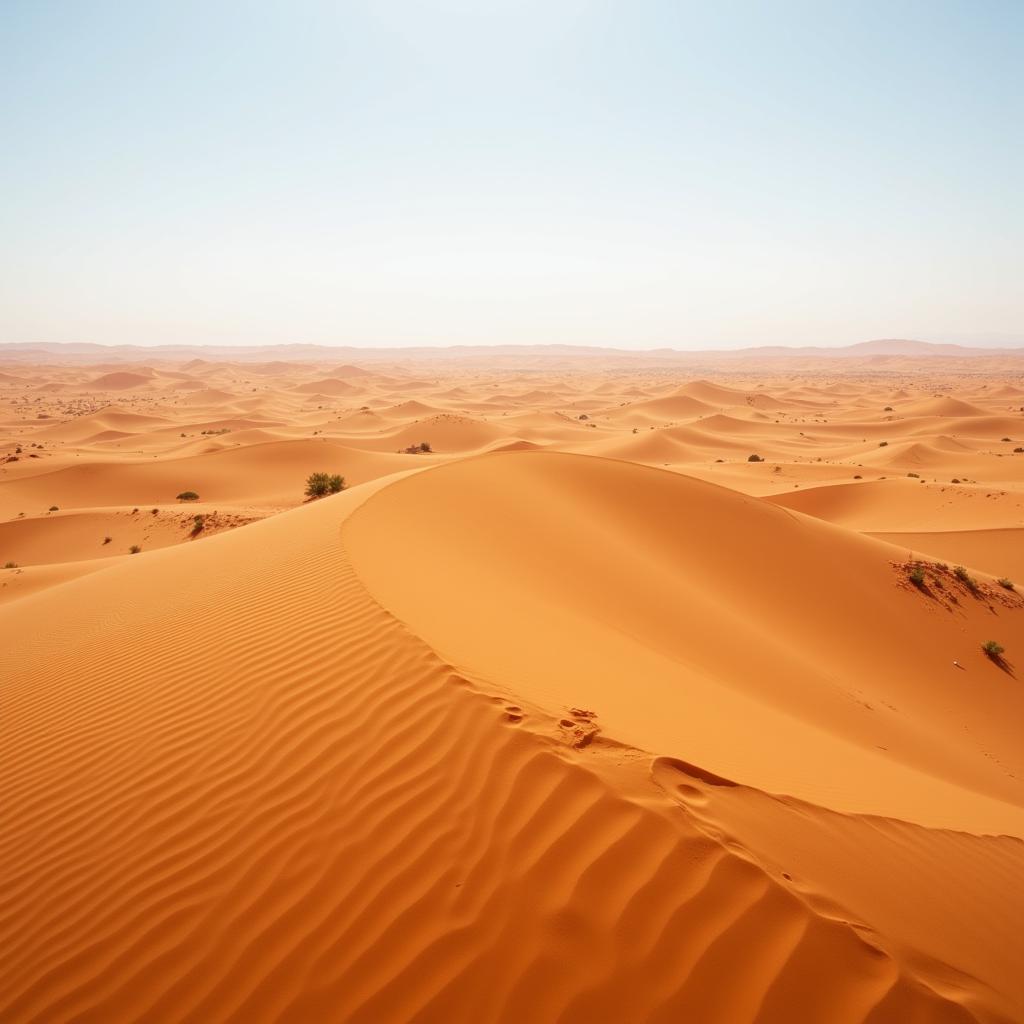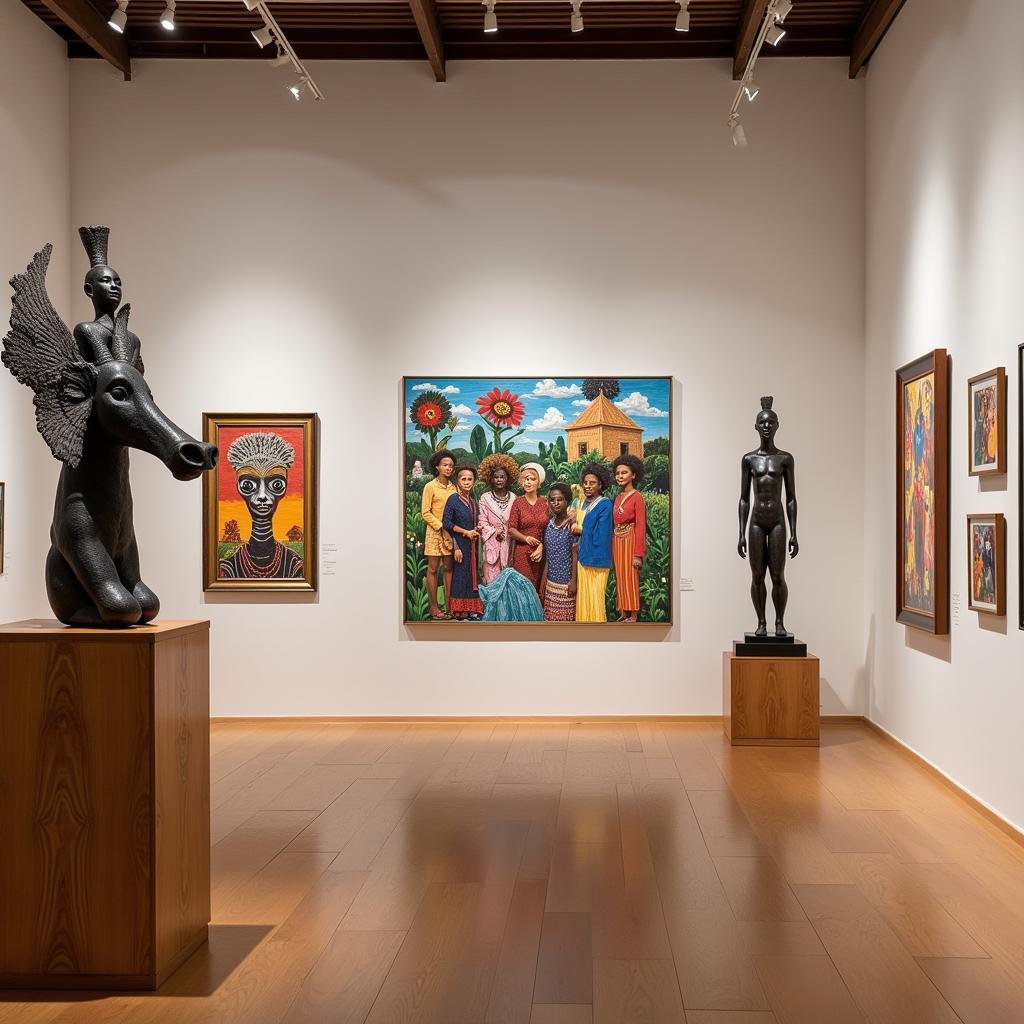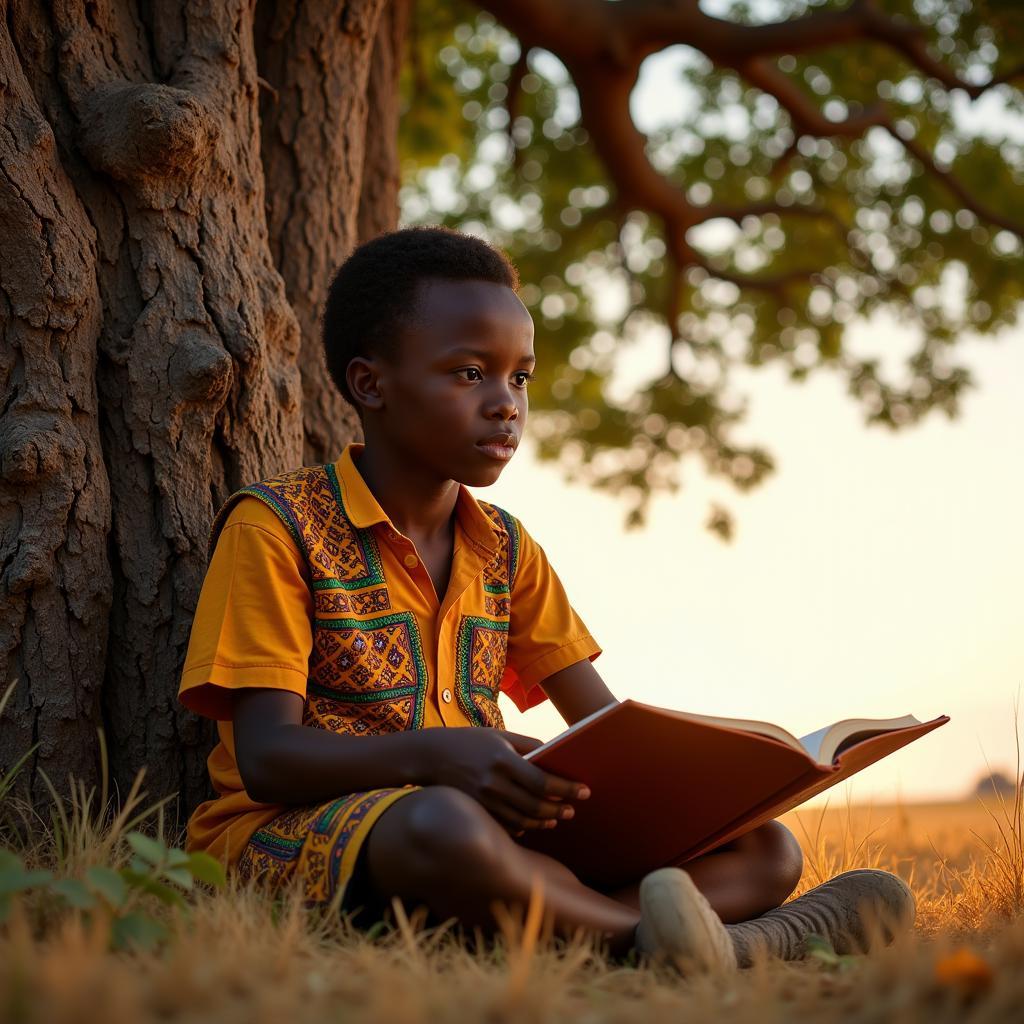African Countries by Population and Area: A Diverse Landscape
Africa, a continent teeming with life, culture, and breathtaking landscapes, is home to a diverse array of nations. Understanding the demographic and geographic makeup of these countries provides valuable insights into the continent’s complexities. This exploration delves into the fascinating world of African countries, ranked by population and area, highlighting their unique characteristics and global significance.
Population Giants: Unveiling Africa’s Most Populous Nations
Nigeria, often hailed as the “Giant of Africa,” reigns supreme as the most populous country on the continent, boasting over 200 million inhabitants. This vibrant nation is a melting pot of cultures, languages, and traditions, with a significant impact on the global stage, particularly in the realms of music, art, and literature.
 Lagos Skyline at Night
Lagos Skyline at Night
Following closely behind is Ethiopia, a land of ancient history and stunning natural beauty. With a population exceeding 110 million, Ethiopia holds a unique place in Africa, being the only nation on the continent never to be fully colonized. Its ancient civilization, dating back millennia, has left behind a rich legacy of art, architecture, and cultural practices.
Egypt, synonymous with ancient wonders and pharaonic grandeur, secures its place as the third most populous African nation. Home to over 100 million people, Egypt boasts a rich tapestry of history and culture, attracting visitors from far and wide to marvel at its iconic pyramids, temples, and historical treasures.
Land of Extremes: Navigating Africa’s Vast Landscapes
Algeria, sprawling across North Africa, claims the title of the largest country on the continent by area. Its vast territory encompasses a diverse range of landscapes, from the sun-drenched Sahara Desert to the fertile plains along the Mediterranean coast.
 Vast Dunes of the Sahara Desert in Algeria
Vast Dunes of the Sahara Desert in Algeria
The Democratic Republic of Congo, located in the heart of Africa, follows closely as the second-largest country by area. This geographically diverse nation is home to the Congo rainforest, the second-largest rainforest in the world, known for its incredible biodiversity and crucial role in global climate regulation.
Sudan, situated in northeast Africa, ranks as the third largest country on the continent. Its vast territory encompasses a range of landscapes, from arid deserts to fertile grasslands, reflecting the diversity of its natural environment.
Exploring the Spectrum: Understanding Africa’s Diversity
Beyond the population giants and expansive territories lies a spectrum of African nations, each with its unique story to tell. From the bustling streets of Lagos to the serene landscapes of Botswana, Africa’s beauty lies in its diversity.
 Aerial View of the Okavango Delta in Botswana
Aerial View of the Okavango Delta in Botswana
Understanding the demographic and geographic makeup of African countries is just the first step in appreciating the complexities and richness of this extraordinary continent. By delving deeper into the stories, cultures, and challenges of each nation, we gain a more comprehensive understanding of Africa’s global significance and its vibrant tapestry of life.
Conclusion: Embracing Africa’s Rich Tapestry
From the bustling metropolises to the serene savannas, African countries, ranked by population and area, offer a glimpse into the continent’s diverse landscape. Embracing this diversity and appreciating the unique characteristics of each nation is key to understanding the multifaceted beauty of Africa. As we delve deeper into the continent’s stories, we uncover a world rich in history, culture, and natural wonders.
Need assistance or have questions? Contact us:
- Phone: +255768904061
- Email: kaka.mag@gmail.com
- Address: Mbarali DC Mawindi, Kangaga, Tanzania
Our dedicated customer support team is available 24/7 to assist you.




